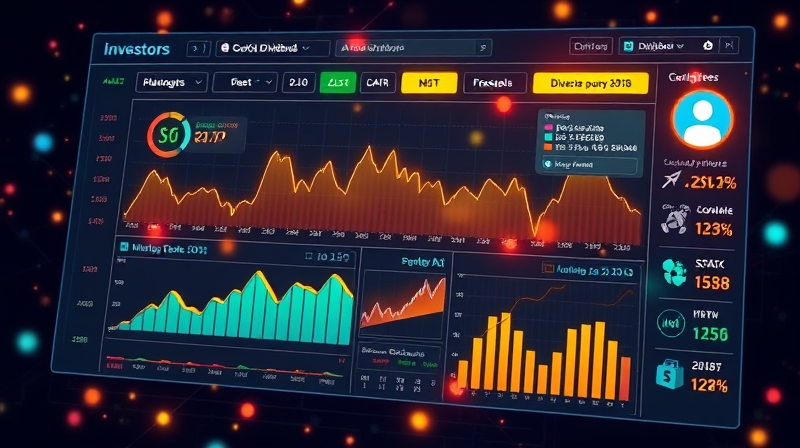
In today’s dynamic markets, investors must maintain careful control over their portfolios to meet long-term objectives. Asset allocation is the foundation of portfolio construction, ensuring the right mix of stocks, bonds, cash, and alternative assets. Over time, market movements cause asset weights to drift away from strategic targets. Rebalancing restores that balance, aligning portfolios with intended risk and return profiles. By harnessing automated solutions, financial professionals can streamline workflows and enhance performance.
Rebalancing is more than simply adjusting numbers—it’s a disciplined investment approach. When asset classes drift beyond predetermined thresholds, portfolios can become overly exposed to risk or miss potential upside in underweighted assets. By periodically realigning allocations, investors practice systematic buying low and selling high.
This disciplined cycle helps control portfolio volatility and prevents emotional decision-making during market swings. Numerous studies demonstrate that portfolios maintained at strategic targets deliver superior risk-adjusted returns over time, thanks to disciplined rebalancing. Crucially, it also keeps investment strategies in line with client objectives and risk tolerances, avoiding the silent erosion of goals.
Historically, advisors and individual investors rebalanced portfolios by hand. This approach faces several obstacles:
As client bases grow, manual methods become impractical. Advisors spend valuable time on repetitive tasks rather than focusing on strategy and client relationships. The opportunity cost of manual rebalancing is significant, often resulting in delayed trades and missed market opportunities.
Rebalancing software offers a comprehensive, automated framework to manage portfolio drift and execute trades. These tools continuously monitor portfolio positions, compare them against target allocations, and generate trade orders that realign assets as needed. Key features include:
By consolidating these capabilities into a unified platform, advisors can ensure portfolios remain within approved allocation bands and comply with client-specific guidelines. Advanced tax-loss harvesting modules further enhance net returns without manual oversight.
Automation transforms traditional workflows into streamlined, data-driven processes. Here’s how software optimizes asset allocation in practice:
These automated procedures not only save countless hours but also ensure portfolios react swiftly to market shifts. Advisors can then spend more time on client engagement, strategic planning, and business development rather than manual trade processing.
Consider a $100,000 portfolio with an 80% stocks and 20% bonds target. After a market rally, stocks appreciate to 85%, bonds slide to 15%. In a manual workflow, you would: sell $5,000 of stocks, buy $5,000 of bonds, adjust new cash contributions accordingly, and navigate tax rules—all on individual statements.
Contrast this with an automated system: the software instantly identifies the 5% drift, calculates exact trade sizes, factors in available cash, tax-loss harvest opportunities, and places orders with the custodian. The entire cycle completes in minutes, across hundreds of accounts, with pinpoint accuracy.
Implementing rebalancing software yields tangible gains for advisory firms and clients alike:
These efficiencies translate into higher firm profitability, competitive differentiation, and greater client satisfaction. In an era where personalization and responsiveness matter, automated tools are indispensable.
Advisors operating in Europe face additional complexities such as cross-border taxation, varied regulatory regimes, and currency risks. Advanced rebalancing platforms incorporate local tax rules and multi-currency support, generating customized trade recommendations that minimize tax leakage and currency conversion costs.
By embedding region-specific parameters into models, firms can offer tailored solutions that comply with local regulations while preserving global strategic objectives. This level of customization elevates service quality for international and high-net-worth clients.
As portfolio sizes and complexity grow, automated rebalancing software becomes essential for maintaining strategic allocations, optimizing tax outcomes, and scaling advisory operations. Technology-driven precision ensures portfolios stay aligned with client goals, regardless of market volatility.
Looking ahead, the integration of artificial intelligence and machine learning promises even deeper personalization, predictive drift analysis, and proactive adjustment strategies. Embracing these innovations will differentiate forward-looking firms, empowering them to deliver superior client experiences and sustainable performance.
Ultimately, leveraging automated rebalancing is not just an operational upgrade; it’s a game-changer for portfolio management, unlocking efficiency, accuracy, and client satisfaction in an increasingly competitive landscape.
References













